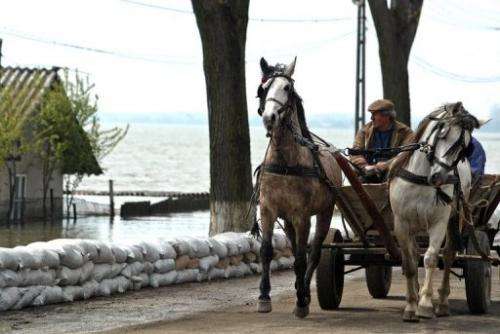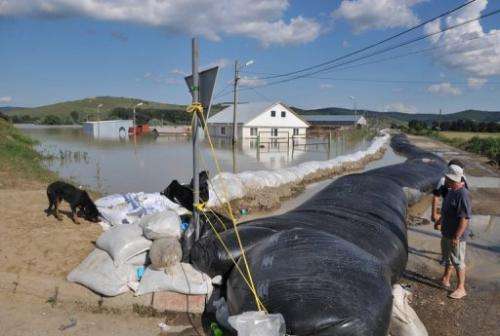Hydro power frenzy 'threatens Carpathian mountains'

The frenzy to build hydropower stations across the Carpathian mountains poses an "imminent" threat to biodiversity in Eastern Europe, conservationist group WWF warned Monday.
"The planned construction of thousands of hydropower stations across the Carpathian mountains presents an imminent threat to hundreds of streams and rivers", the WWF said in a press release, ten years after seven Eastern European countries signed a convention to protect the unique mountain range.
"Romania and Ukraine are particularly at risk from planned small-scale hydropower stations", Konstantin Ivanov, the head of communication for the Danube-Carpathian program, told AFP.
Small-scale hydro generally does not involve the construction of a dam.
Instead, part of the flow is diverted through a pipe to a downstream turbine which generates the electricity.
In theory, this should not have a big impact on the environment.
But in many cases pipes have been installed in the bed of the stream and diverted water amounts to as much as 80 percent of the flow, posing lasting threats to biodiversity, environmentalists say.
"In Romania, two EU-protected Natura 2000 sites in the Fagaras Mountains, one of which designated for the protection of endangered species such as otters and different species of fish, invertebrates and amphibians, have been 'invaded' by more than 50 small hydropower installations, causing destruction of mountain rivers and species", Ivanov said.

More than 430 hydro power stations are currently planned in Romania, over a quarter of them in or near protected areas, WWF says.
The construction of major infrastructure for transportation is another source of concerns as it could lead to dramatic habitat fragmentation for bears and large carnivores.
In western Romania, the planned Deva-Lugoj motorway could bisect a major corridor for bears and other wildlife, WWF told AFP.
The Carpathian mountains are home to Europe's largest populations of bears, wolves and lynx.
On May 22, 2003, seven countries—Bulgaria, Czech Republic, Hungary, Poland, Romania, Serbia, Slovakia, signed the Convention for the protection and sustainable development of the Carpathians.
© 2013 AFP



















